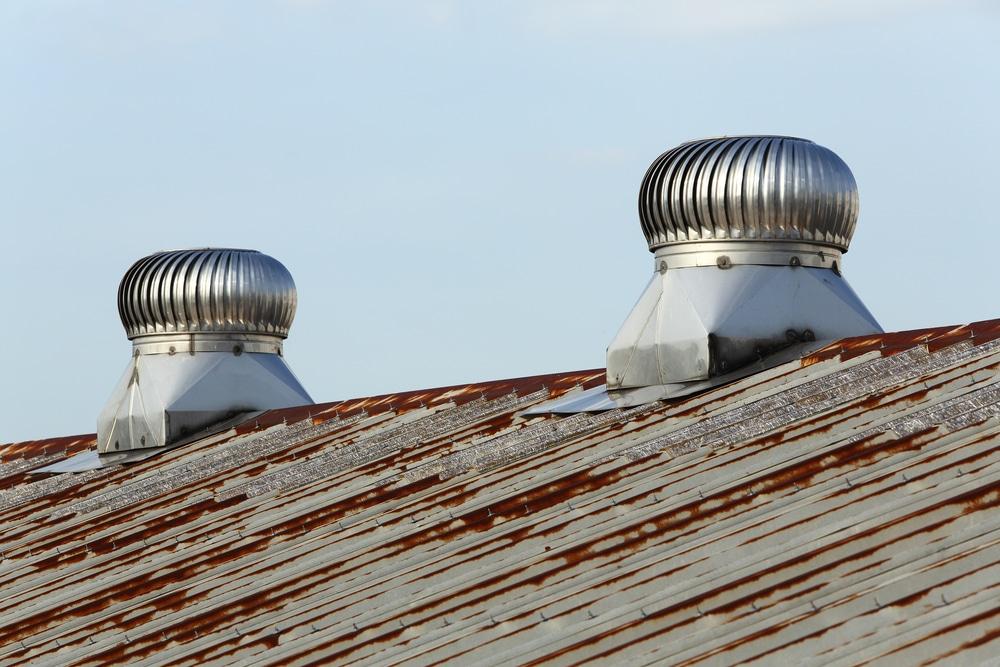Metal roofs are renowned for their durability, longevity, and resistance to various weather conditions. However, if you notice that your metal roof is showing signs of rust, you might be concerned about its condition and longevity. In this article, we’ll delve into the reasons why metal roofs can rust, the types of metal that are prone to rusting, and how to address and prevent rust issues.

Understanding Metal Roofing Materials
Types of Metals Used in Roofing
Metal roofs are typically made from various metals, each with its own level of rust resistance:
1. Steel
Steel is a commonly used metal for roofing due to its affordability and strength. However, it is susceptible to rust, especially if not properly coated or protected.
2. Aluminum
Aluminum is highly resistant to corrosion and rust. It is often used in coastal areas or locations with high humidity because of its durability in moist environments.
3. Copper
Copper possesses resistance to rust and corrosion. While it can develop a patina over time, this greenish layer is not harmful and actually adds character to the roof.
4. Zinc
Zinc-coated metal roofs, such as galvanized steel or zincalume, are less prone to rust due to the protective layer of zinc. These roofs are often used in areas with moderate exposure to moisture.
Why Do Metal Roofs Rust?
Several factors can contribute to the rusting of metal roofs:
1. Exposure to Moisture
One of the primary reasons metal roofs rust is prolonged exposure to moisture. Rain, snow, and humidity can lead to the formation of rust on metal surfaces.
2. Lack of Protective Coating
Inadequate coating or protection on certain metal roofs can leave them susceptible to rust formation.
3. Scratches and Damage
Scratches or damage to the protective coating of the metal can expose the underlying metal to moisture, increasing the risk of rust.
4. Salt Exposure
In coastal areas, saltwater exposure can accelerate rust formation on metal roofs.
5. Poor Maintenance
Neglecting roof maintenance, such as cleaning debris and inspecting for damage, can allow rust to develop unchecked.
Addressing and Preventing Rust on Metal Roofs
1. Regular Maintenance
Regularly inspect and clean your metal roof to remove debris, leaves, and any materials that can trap moisture. Promptly repair any scratches or damage to the coating.
2. Protective Coatings
Consider applying a protective coating or sealant specifically designed for metal roofs. This coating can provide an additional layer of defense against rust.
3. Rust Converter
If you notice early signs of rust, you can use a rust converter to stop its progression. This chemical treatment transforms rust into a stable compound that can receive paint.
4. Repainting
Repainting your metal roof with a high-quality, rust-resistant paint can help prevent rust and extend its lifespan.
5. Professional Inspection
Periodic professional inspections by a roofing expert can help identify and address rust issues early.
Conclusion
While metal roofs are generally durable and long-lasting, they can develop rust under certain conditions. Understanding the type of metal used, its rust resistance, and the factors that contribute to rust formation is essential for maintaining your metal roof’s integrity. Regular maintenance, protective coatings, and prompt rust treatment can help ensure your metal roof remains rust-free and continues to protect your home for years to come.



Leave a Reply